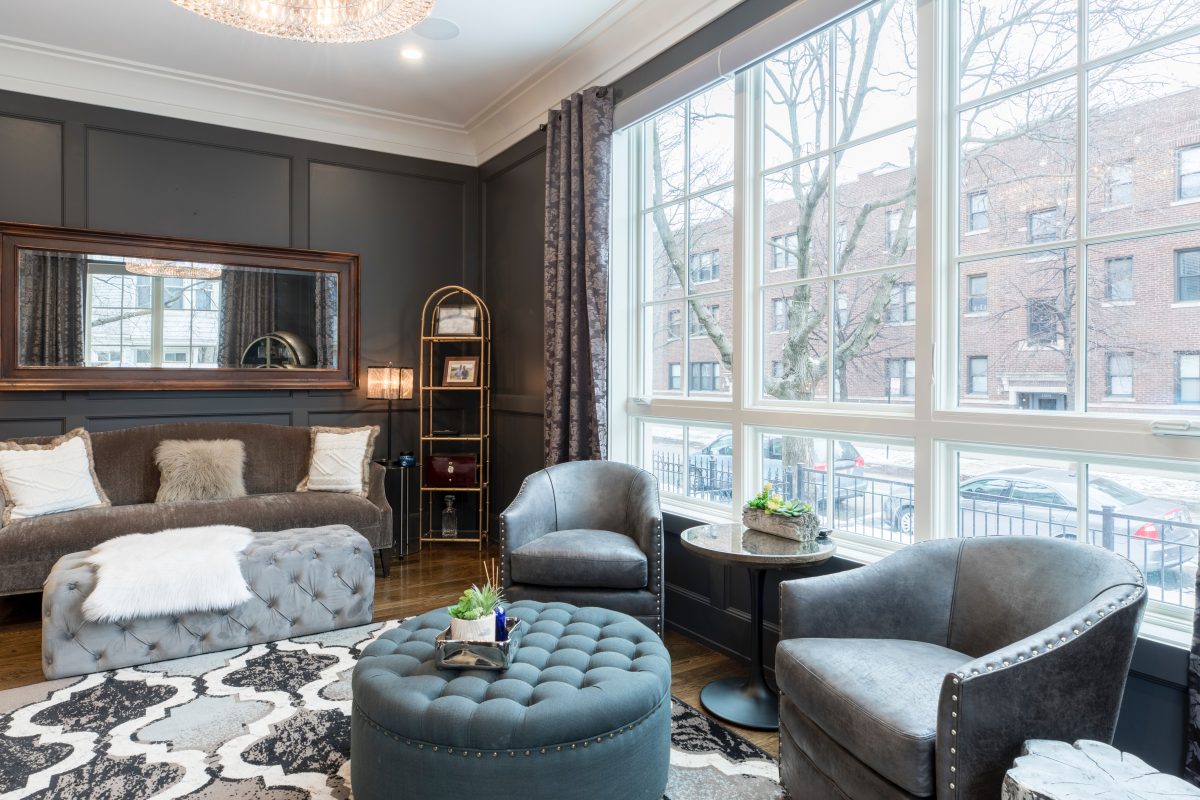Photo Credit: Gustavo Fring
Refurbishing a property in the UK can be an excellent investment opportunity for those looking to add value to a property and increase its potential resale value. Property refurbishment can take many forms, from a simple cosmetic update to a complete renovation, but the benefits are clear: it can help to maximise the potential of the property and create a comfortable and modern living space. In this article, we will explore the basics of refurbishing a property in the UK, including the benefits, the process, and the potential pitfalls.
Benefits of refurbishing a property in the UK

Photo credit: Alex Qian
Refurbishing a property in the UK can offer many benefits to investors and homeowners alike. Here are some of the key advantages:
- Increased property value: Refurbishing a property can add value to it, which can be especially beneficial for investors looking to sell the property in the future.
- Improved rental income: Refurbished properties often command higher rents, making it an attractive option for buy-to-let investors.
- Personalisation: Refurbishing a property allows homeowners to create a space that reflects their personal style and preferences.
- Enhanced functionality: Refurbishing a property can make it more functional and comfortable by adding additional bedrooms or updating the kitchen and bathroom.
- Energy efficiency: Refurbishing a property can include updating the insulation, heating system, and windows, which can help to reduce energy bills and improve the property’s energy efficiency.
The process of refurbishing a property in the UK
The process of refurbishing a property in the UK can vary depending on the scope of the project. Here are some general steps to follow:
- Develop a plan: Before starting any work, it’s important to develop a clear plan for the refurbishment project. This includes setting a budget, identifying necessary repairs and upgrades, and establishing a timeline.
- Obtain necessary permissions: Depending on the extent of the refurbishment, it may be necessary to obtain planning permission or building regulations approval from the local council.
- Source materials and contractors: It’s important to source high-quality materials and reputable contractors for the refurbishment project. This can involve obtaining quotes from several contractors and checking references.
- Begin the work: The work will typically start with stripping the property back to its bare bones, which may involve removing fixtures and fittings, knocking down walls, and updating the electrical and plumbing systems. Once the structure is sound, the work can move on to cosmetic updates, such as painting and decorating, installing new flooring, and updating the kitchen and bathroom.
- Completion and handover: Once the refurbishment work is complete, the property will need to be cleaned and inspected before being handed over to the homeowner or tenant.

Photo credit: Curtis Adams
Potential pitfalls of refurbishing a property in the UK
While refurbishing a property in the UK can be a rewarding investment, there are potential pitfalls to be aware of. Here are some of the most common challenges:
- Budget overruns: Refurbishment projects can quickly become expensive if not managed correctly. It’s important to set a realistic budget and stick to it.
- Delays: Refurbishment projects can be delayed by unforeseen issues such as inclement weather, contractor delays, or issues with obtaining permits or permissions.
- Poor quality workmanship: Poor quality workmanship can lead to additional expenses and delays, as well as detracting from the property’s value.
- Market conditions: Market conditions can affect the potential resale value of the refurbished property. It’s important to research market conditions and trends before beginning a refurbishment project.
Conclusion
Refurbishing a property in the UK can be an exciting and lucrative investment opportunity. By understanding the benefits, process, and potential pitfalls of refurbishment projects, investors and homeowners can maximise their chances of success.

